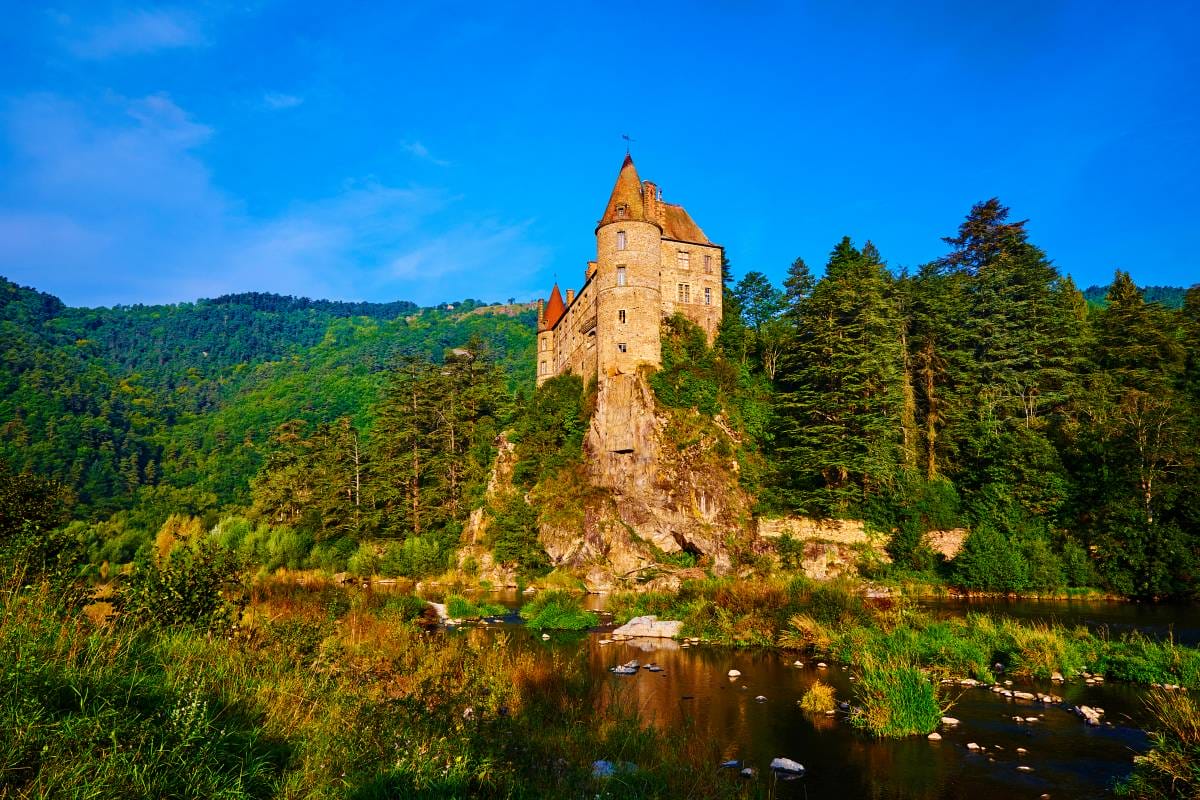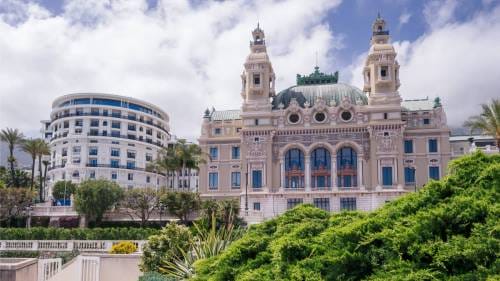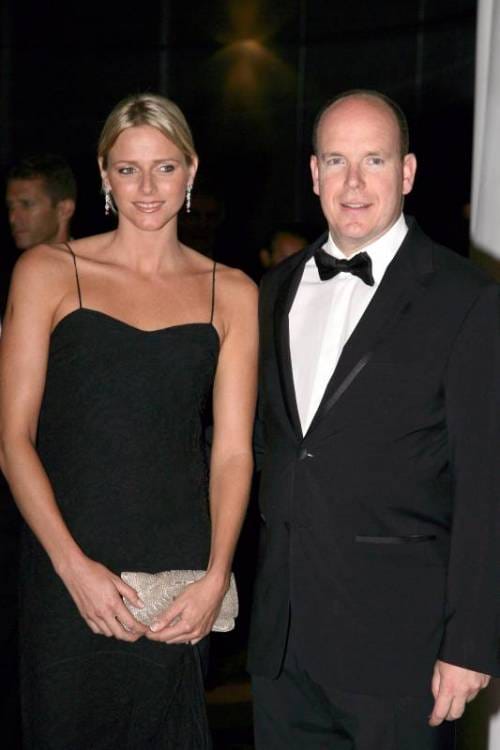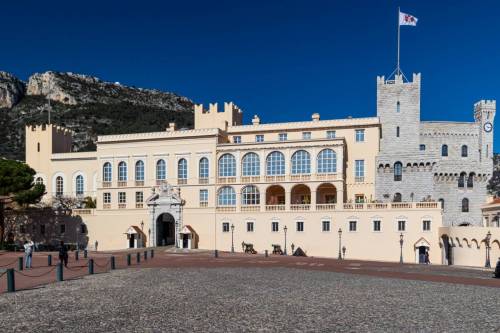Prince Rainier III’s centenary is a great occasion to bring up his ties with the Polignac family. Son of Count Pierre de Polignac and Princess Charlotte of Monaco he ascended the throne of Monaco in 1949. Nowadays, the House of Polignac rules the Principality via the face of Prince Pierre’s grandson, Albert II. This ancient French family comes from the village of Polignac in the Haute-Loire, where, in early June 2023, the Monegasque Sovereign was warmly welcomed by his cousins Alain and Ludovic de Polignac.
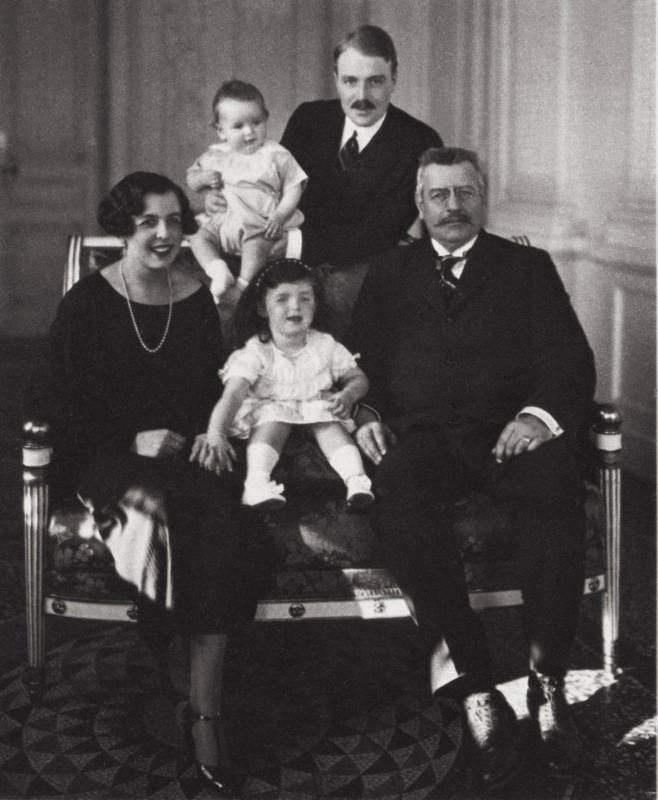
The high level visit
The three towns of Lavoûte-sur-Loire, Polignac and Saint-Pal-de-Chalençon are all part of the Historic Sites of the Grimaldis of Monaco. Accompanied by the mayor of Lavoûte-sur-Loire, Prince Albert II first visited the property of Duke Armand-Charles de Polignac, the castle of Lavoûte-Polignac. This is where his grandmother, the future Princess Charlotte, met Count Pierre de Polignac who married her in 1920.
The current castle owner, the Duke of Polignac, introduced the Sovereign Prince to the guest book where Charlotte had revealed that she was feeling sad to be leaving the lovely residence at the end of the summer. According to Prince Albert II, this place where his grandparents met is particularly symbolic and touching to the Polignac family.
At the end of the visit, and after being greeted by a number of local residents, the Monaco sovereign solemnly signed the guest book and left for posterity a tablet in memory of this historic event.
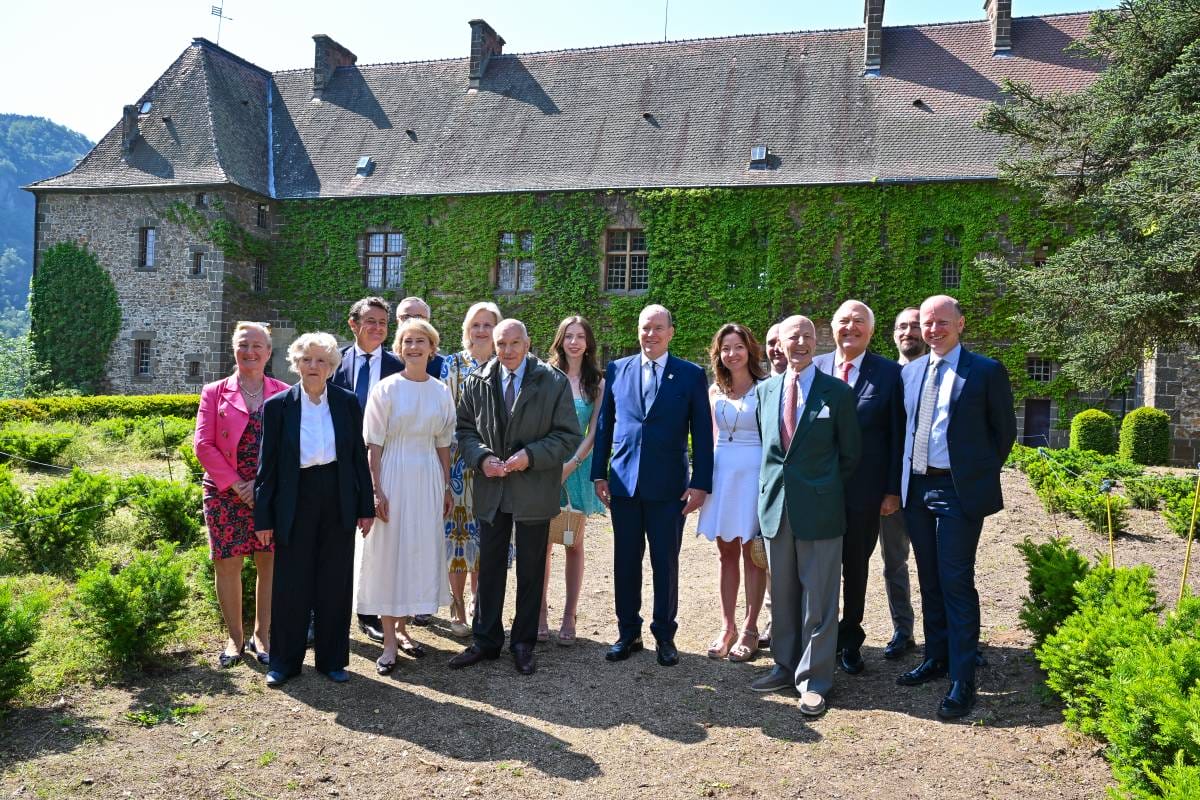
The Family nest of “Mountain Kings”
But let’s go back historically. Built in the 10th–11th centuries under Viscount Gaspard Armand de Polignac, with its three wings, four towers and a double line of ramparts, the castle originally had a defensive character. In 1523, Francis I stopped at this fortress on his way to Le Puy. The breathtaking view over the entire Velay region impressed the French king so much that he immediately nicknamed the castle owners “mountain kings”.
In 1793, the Lavoûte-Polignac castle was confiscated and declared national property. Used as a quarry, it almost fell into ruins. Thankfully, in the 19th century, the young Count Melchior de Polignac bought out the family castle, breathing new life into it. Since then, Château Lavoûte-Polignac has been the family’s summer residence.
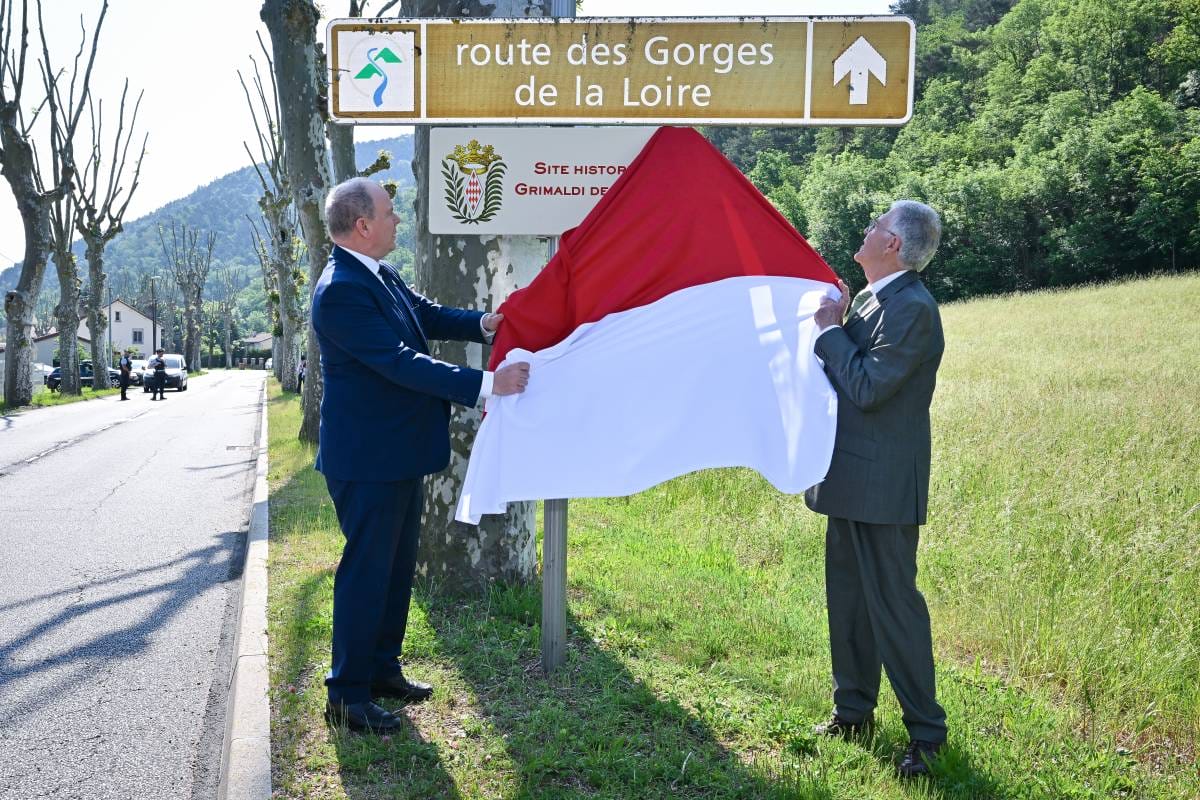
Bishops and politicians from the Polignac family
The Polignac genealogy dates back to the Middle Ages. In 1050 Etienne de Polignac was appointed Bishop of Clermont-Ferrand and Le Puy. A conflict with Pope Gregory VII, however, led to his exile. Hercules, and later Pons IV de Polignac, both took part in the Crusades. During the Hundred Years’ War (1337–1453) the Polignacs also insured there was an active defense of their region.
In 1349, the name of Polignac eventually passed on by marriage to the Chalençons, another aristocratic family from the Velay region. The first important representative of this branch was Guillaume de Chalençon de Polignac, Bishop of Puy. This family later provided other bishops, those of of Rodez and Auch to the Church. As for Melchior de Polignac, he was a famous writer and politician and member of the French Academy. In 1693 he was appointed French ambassador to Warsaw by Louis XIV. In 1713, he was also among those signing the Treaty of Utrecht that put an end to the wars for the Spanish succession.
Jules and Julie
In 1780, Jules de Polignac was the first in the family to be honoured with a title of Duke, largely thanks to his successful marriage. Jules married a vibrant and controversial character at the court of Louis XVI. Yolande de Polastron was one of the closest friends of Queen Marie-Antoinette. The lonely 19-year-old queen chose this lively young woman as her confidante. Marie-Antoinette happily paid off the Polignac debts, so the lady with an angelic downcast glance thus cost the crown an annual pension of half a million livres. Not surprisingly, Duchess Julie, as Yolande was usually called, who lived at Versailles and served as governess for the royal children, caused quite a lot of envy.
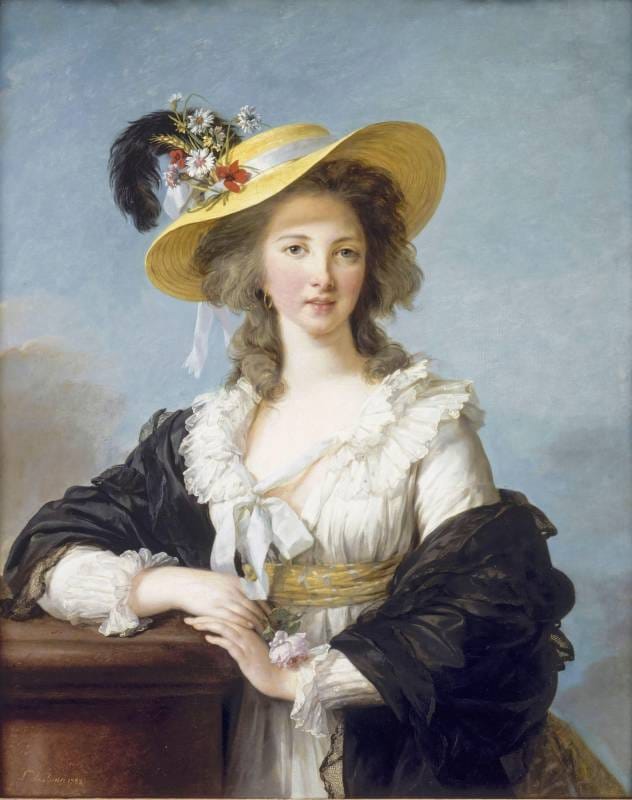
The French Revolution forced the Polignacs to flee the country, wandering around Switzerland and Italy. Marie-Antoinette then wrote: “Farewell, my most tender of friends. This word is terrible, but inevitable. All I can do now is to kiss you goodbye.” Duchess Julie died on December 5, 1793 at the age of 44, just a month after Marie-Antoinette’s execution. Her tombstone in Vienna reads: “She died of sadness.” The friendship of two famous women was a plot for a number of books and films dedicated to the sad fate of the French crown, swept away by the French revolution.
Polignac descendants in Monaco
Jules and Yolande Polignac had four children. Their youngest son, Melchior de Polignac (1781–1855), is a direct ancestor of Monaco princes. His sixth child, Charles (1824–1881) fathered Maxence de Polignac (1857–1936). The latter, married to a noble Mexican, Susanna de Paula del Corazon de Jesus de la Torre y Mier, produced Pierre de Polignac.
On March 19, back in 1920, Count Pierre married Princess Charlotte, the only daughter of the Monaco Crown Prince, Louis II. Born out of wedlock, she was officially recognized on May 16, 1919. According to the rules of succession, established in the 15th century, Pierre de Polignac renounced his name and coat of arms and became Prince of Monaco, Duke of Valentinois. In 1920, their daughter Antoinette was born, and two and a half years later, their son Rainier.
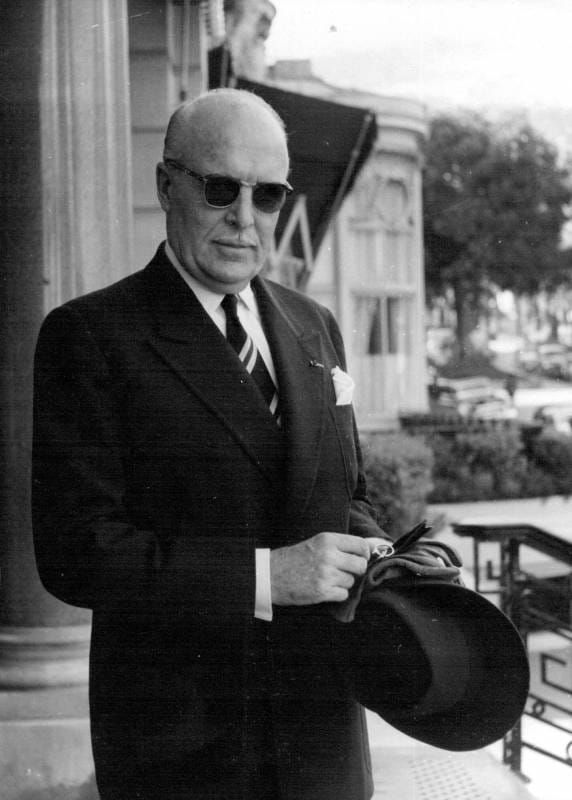
In 1922, after the death of Prince Albert I, his son Louis came to be the ruler of Monaco, and Charlotte became crown princess. In 1944, approved by her father, Charlotte ceded her right to inherit the throne in favour of her son. Five years later he became head of the Monaco state.
The love story of Pierre de Polignac and Charlotte of Monaco was not meant to be, however. On February 18, 1933, the couple divorced, and Prince Pierre left for Paris where he owned an apartment and a country house.
Literature, art and sports under the auspices of the Prince of Monaco
In 1924, Prince Pierre who was friends with a number of famous writers, founded the Monaco Conference Society which acted as a catalyst encouraging the brightest humanitarians of his time. In 1951, he inspired the creation of the Literary Council and the Rainier III Literary Prize awarded to famous French-speaking writers upon publication of their latest book. In 1960, Prince Pierre founded a music award and opened a library for young people, named after his granddaughter Caroline. And from 1952, the Prince had been the head of the National Olympic Committee (today, the Monaco Olympic Committee is presided over by his grandson Prince Albert II).
Prince Pierre died in 1964 and was buried in the old Chapelle de la Paix in the princely gardens. Two years later, to honour the memory of his father, Prince Rainier III established his Foundation, presently presided over by Princess Caroline of Hanover. The Prince Pierre Foundation promotes contemporary art.

The Famous Polignacs
– Jules de Polignac (1780–1847) — Chairman of the Council of Ministers from 1829 to 1830 during the French Restoration;
– Alphonse de Polignac (1826–1863) — Mathematician, author of his eponymous conjecture;
– Edmond de Polignac (1834–1901) — Composer and husband of Winnaretta Singer, daughter of the famous sewing machine manufacturer;
– Armande de Polignac (1876–1962) — Composer and one of the first women conductors;
– Melchior de Polignac (1880–1950) — Member of the International Olympic Committee, initiating the Winter Games.
Our contemporaries:
– Gislain de Polignac (1918–2011) — Stylist who popularized prêt-à-porter in the 1950s;
– Melchior de Polignac (1920–2014) — Resistance fighter during the World War II, journalist for France Soir and television.

Did you know that a premium cognac and a card game also bear the name of Polignac?
An independent company “Prince Hubert de Polignac”, named after one of the oldest and noblest French families, separated from “H Mounier” in 2019. Preciously guarding traditional methods of a famous cognac production, “Prince Hubert de Polignac” labelled in characteristic grey, red or blue colours won a number of prestigious awards.
As for cards, a Polignac game is especially popular in English-speaking countries known under the name of “Knaves”. The aim of the game is to avoid capturing any knaves in tricks.



